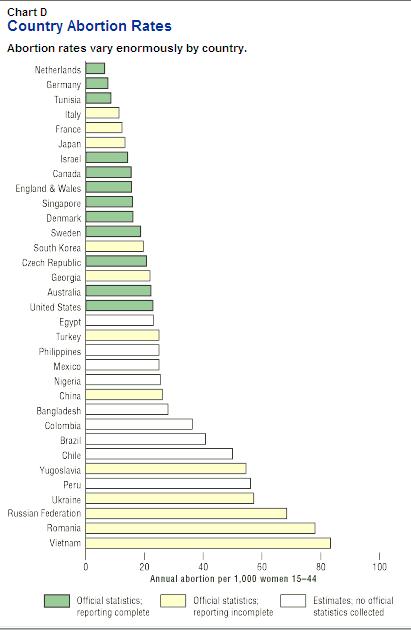Regarding this New York Times story about a baby who died during a home birth attended by a midwife — a few observations …
The fact is that most of the time you don’t need a doctor to have a baby. For that matter, you don’t need a midwife, either. The fact of the matter is that most of the time you could have your baby alone on the floor of a gas station restroom, and you and the baby will be OK. I’m not recommending that; I’m just sayin’. High maternal mortality rates of the past were mostly caused by postpartum infection, known as “childbed fever,” which these days can be treated with antibiotics.
My understanding is that most of the time good prenatal care is more important to a good outcome than what happens during the delivery. There are all manner of studies that show a correlation between how early a woman begins prenatal care and her chances of delivering a healthy, full-term baby. But most of the time hospital deliveries are medical overkill, and if you have to ask how much they cost, you can’t afford them.
The big argument in favor of going to hospitals is that the sorts of things that can go wrong often go wrong very suddenly and catastrophically, and the mother’s or baby’s life can hang on how quickly physicians with high-tech medical gizmos can address the problem. And you have to go to hospitals if you want the mostly effective and mostly safe anesthesias they have these days.
The argument against midwives with no medical training is that they might not recognize a serious problem as it develops and know when to call in the experts. Remember, even a midwife with no idea what she’s doing will be successful most of the time, because most of the time babies will be born just fine if nature takes its course. An untrained midwife with a few good deliveries under her belt might not realize how much she doesn’t know. I can’t tell from the article if the midwife in question did anything wrong, however.
Over the years, every now and then, somebody proposes that trained registered nurse-midwives work under the supervision of physicians. If the physician doesn’t believe the delivery will present complications the midwives can attend the births at home if the mother wishes to give birth at home. And they would be able to recognize potential problems and would know when to move the show to the hospital or call 911 for emergency assistance. This seems like the best of all worlds to me. I suspect the biggest reason this plan never seems to be implemented is medical liability.
Full disclosure — I had both of my babies in hospitals, with no regrets, mostly because I didn’t have to be concerned about cleaning up. Childbirth is messy.


